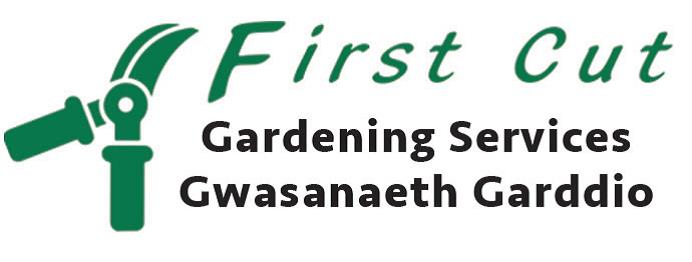Gardening Services in Betws-y-Coed

Your local Gardener in Betwe-y-Coed
For your gardening needs please use the Free Estimates form you will find it here and I will get back to you.
We offer the following gardening services as follows:
- Grass Cutting
- Hedge Cutting
- Tree Surgery & General Tree Service
- Cut and Clear Overgrown Garden
- Winter Pruning, Reduction of Shrubs, Bushes & Hedges
- Removing Plants
- Planting Spring Beds & Borders
- Maintaining Beds & Borders
- Weed Suppression & Low Maintenance Landscaping
If you would like to leave a message about your gardening needs you can contact me here
You can also contact me by email. as I respond to all emails every evening
Email: firstcut.grasscuttingservice@gmail.com
Betws-y-Coed is one of the honeypot locations in Snowdonia. It lies in the Snowdonia National Park, in a valley near the point where the River Conwy is joined by the River Llugwy and the River Lledr, and was founded around a monastery in the late sixth century. The village grew very slowly with the development of the local lead mining industry. In 1815, the Waterloo Bridge, built by Thomas Telford to carry the London to Holyhead road (now the A5) across the River Conwy and through the village, brought considerable transport-related development. The village became a major coaching centre between Corwen (to the east) and Capel Curig (to the west) on the Irish Mail route from London to Holyhead, which led to the improvement of the roads south to Blaenau Ffestiniog and north to Llanrwst and Conwy. It is a primary destination for the purpose of road signs.
Construction of Betws-y-Coed railway station in 1868 heralded the arrival of the railway line from Llandudno Junction railway station, and resulted in the village's population increasing by around 500.
The village has a large village green which is the playing field for the local football team. The green is bounded on its western side by the A5 trunk road, with 19th century buildings, including shops, hotels, and the Church of St Mary. This church was built on the site of a former cockpit and fairground, and although it is of early English appearance, it was completed as recently as 1873, the internal roof timbers testifying to this relatively young age. The interior also features various types of stone: local bluestone, sandstone (and floor tiles) from Ancaster, and black serpentine from Cornwall. The square bell tower was added in 1907, and the integral church hall was added in the 1970s, the commemorative stone being laid by the Earl of Ancaster in 1976.
On the southern side of the green is the railway station with cafes, tourist shops and a car park. In the former railway goods yard, reached from the station, is the Conwy Valley Railway Museum with its extensive miniature railway.
Other attractions in the village include the Miners' Bridge and the 14th century church of St. Michael, which is the origin of the name Betws (meaning "prayer-house"). There are scenic walks beside the River Llugwy, which flows through the village, and the River Conwy provides further attractions, including the Fairy Glen, the Conwy Fish pass and waterfalls including the Conwy Falls. The Pont-y-Pair Falls are in the centre of the village (also the site of a 53-hole rock cannon), and a mile upstream are the famous Swallow Falls.
The Llyn Elsi reservoir nearby is popular with walkers and anglers, and also provides water for the village. A wide range of footpaths provide access to the lake, both from Betws-y-Coed itself and the outlying village of Pentre Du. There are many other small lakes in the vicinity.
The village is also a centre for outdoor activities and lies within the Gwydyr Forest.


